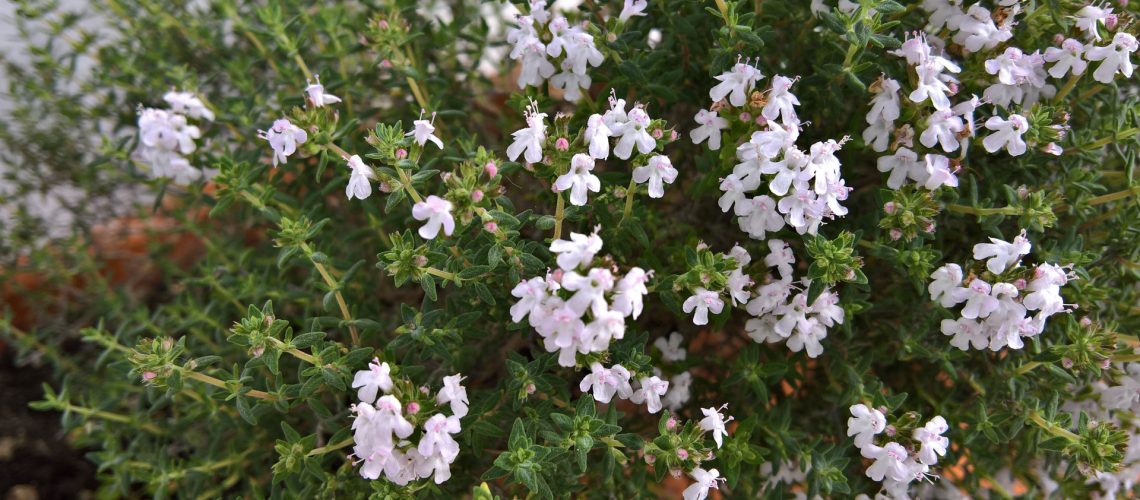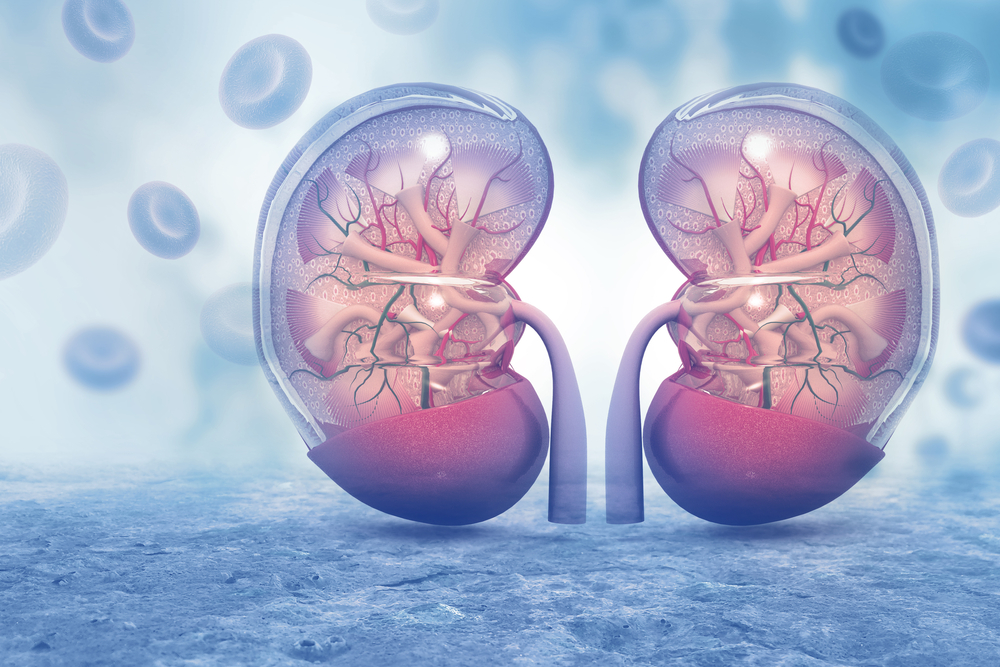Come on, cheer up: this is certainly not an invitation to predispose you to such moods before embarking on the reading of these pages, but rather it is the meaning of the scientific name of thyme, a shrubby plant, with countless therapeutic properties, widely used in cooking, useful therefore to have it on the balcony or in the garden among your favorite commonly used spices, in cosmetics. Here is what you need to know about this essence.
Botanical name. It is Thymus and comes from the Greek θύμον (pron. thýmon), which refers to strength, a quality that would be awakened simply by smelling the balsamic scent, according to the ancients. The first to mention it was Theophrastus (371 B.C.-Athens 287 B.C.), a Greek philosopher and botanist and disciple of Aristotle, who wrote two botanical treatises, for a fragrant plant used as incense in sacrifices. Some, however, derive the name from another Greek word meaning “perfume,” still harking back to the idea that it is an odorous ‘essence’. Thyme, however, owes its scientific name to the Swedish biologist and writer Linnaeus (1707 – 1778), also known as Carl von Linné, considered the father of the modern classification of living organisms, who, as with dill, mentioned it in his 1753 publication “Species Plantarus.”
What it looks like. Thyme, or thyme officinalis, belongs to the Lamiaceae family, which is very numerous with more than 250 genera and nearly 7,000 species including mint, and is a shrubby, perennial, woody plant that can reach up to 50 cm in height. Not surprisingly, it has rich branching with grayish-green colored leaves that are not very large, ovoid or lanceolate in shape, has inflorescences that resemble spikes, and flowers that sprout in spring that are lilac-pink in color. The most common species is Thymus vulgarsis, also known as erbuccia or sermollo, has a very intense scent, immediately noticeable by rubbing it between the fingers. Among the many varieties, some are characterized by a pleasant lemony aroma-namely lemon thyme-which is appreciated in cooking and for the production of essential oils. It is known and used either as an aromatic herb for the preparation of original and ‘fragrant’ recipes, or for officinal use, given its many therapeutic properties.
Its habitat. Thyme grows readily in the Mediterranean and Caucasus basin; it is found throughout Europe, Transcaucasia, Anatolia, Mediterranean Asia, and northern Africa. In Italy it can be found from the sea to the mountains, from 0 to 2,000 m above sea level, but it really prefers marine areas, dry and sunny places, among rocks and gravels.
An ancient herb. Thyme was already used by ancient civilizations that especially appreciated its antibacterial properties. The Egyptians, for example, not only burned it, as a kind of incense, to perfume the house or for food preservation but also for embalming the dead. Roman soldiers, on the other hand, apparently bathed in thyme water before starting a battle, while the Greeks used it in the form of oil to make massages to instill courage. Charlemagne imposed in one of his edicts the cultivation of medicinal plants in the gardens of his empire, including thyme of course!, while in the Middle Ages ladies would give bouquets of thyme or embroider shawls or insignia with this aromatic plant and give them to those leaving for war as a symbol of good fortune. Finally, since the end of World War I it became an ingredient for making disinfectants.
Uses. The first is culinary, much loved and used for its intense taste and smell, similar to that of oregano. So it is well suited for flavoring savory dishes, such as baked potatoes, salads, meat, fish or summer vegetables, such as tomatoes, peppers and zucchini, as well as carrots, squash, onions, eggplant and mushrooms. But that’s not all: thyme also lends itself to making tasty soups, stews, velvety soups or can be used in the batter of vegetable burgers and meatballs, omelets to give more flavor or in more traditional fish or meat dishes. It is also great paired with legumes, particularly beans, which it helps to make more digestible. Thyme can also be used to make a flavored oil that can be added to dishes on its own or in combination with other herbs, such as sage, basil, or tarragon. Complementing the culinary uses: infusions, in the same way as tea is prepared with 1 teaspoon of dried and chopped leaves for every 250 ml of water, which, once they come to a boil, should be allowed to stand covered for about 10 to 15 minutes. The filtrate can thus be drunk or by adding a teaspoon of thyme honey. Thyme trees are excellent honey plants and much foraged by bees, but production is limited. Or the infusion can be used for external use, such as as a disinfectant for wounds and sores or even to gargle against sore throats and coughs. A fun fact: Thyme can also be used for the elimination of bacteria inside shoes that often generate unpleasant odors, while a jar of thyme placed on the windowsill, balcony or kitchen can naturally ward off insects.
How nourishing thyme is. 100 grams of dried thyme provides about 276 kcal. It may seem like a lot, but because this aromatic herb is consumed in small doses, it does not impact the total calories in dishes. It contains mostly carbohydrates and a good amount of fiber, protein, small amounts of fat and sugar, and sodium. Here are the quantities:
- Carbohydrates 63.94 g
- Fiber 37 g
- Protein 9.11 g
- Fat 7.43 g
- Sugars 1.71 g
- Sodium 55 mg
Reproduction. Thyme can propagate in two ways:
- Pollination: that is, through insects, such as dipterans and hymenoptera (mainly bees) and more rarely through lepidoptera. Fertilization occurs through flower pollination.
- Dispersal: as the seeds fall to the ground (after being carried several meters by the wind), they are usually dispersed mainly by insects, such as ants.
Cultivation and planting. Growing it in the vegetable garden or even on the terrace is quite easy because thyme grows naturally in dry or stony environments. So it does not require special care or environmental conditions. It can be grown from seeds, which should be planted in seedbeds from early spring until June. Immediately after sowing, the seeds should be covered with a light layer of potting soil and watered. When the seedling is very young, it needs to be watered often, while once it reaches a fair size, it can be watered only in dry weather. Or planting can be done by cuttings, which are taken in late spring or August from hardy plants between two and four years old, taking 7-10 centimeter portions. Finally, transplanting can be done from a seedling, purchased ready to be placed in the garden, while from seedbed to pot can be done about two months after planting.
***
Thyme is harvested from spring to late summer, between May and August. Of the plant, the aerial part is especially used, thus referring to both the flowers and the leaves. Fresh thyme can be stored in the refrigerator in a perforated container for about five to six days. Thyme should be dried in the shade and then stored in a cool, dry place away from light in airtight jars, preferably glass. Its characteristics will remain intact for between four and six months.




















































































